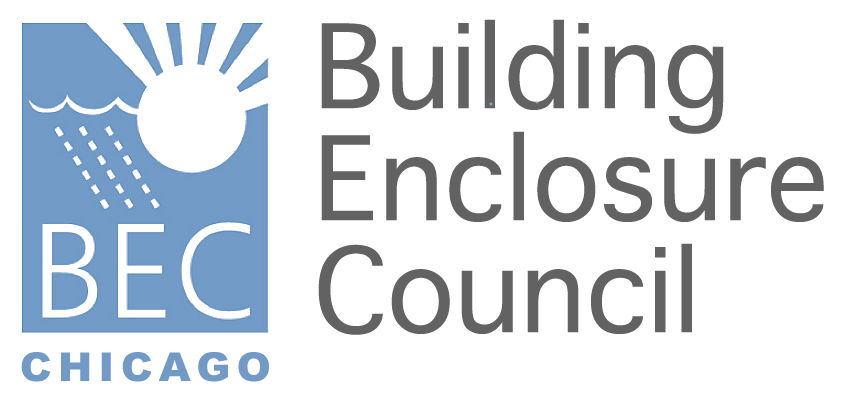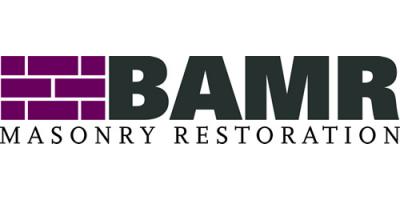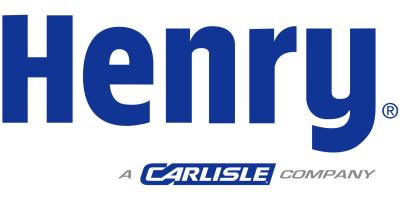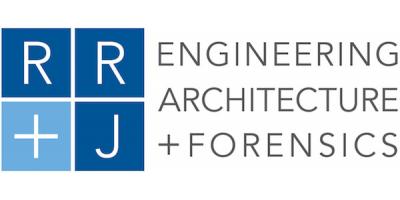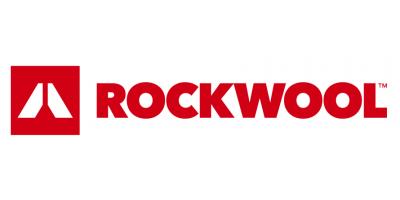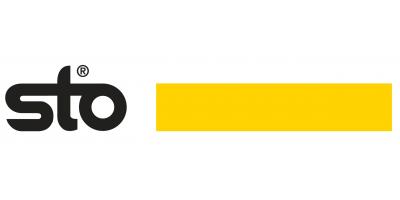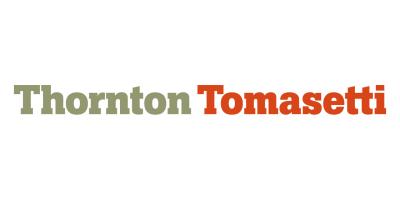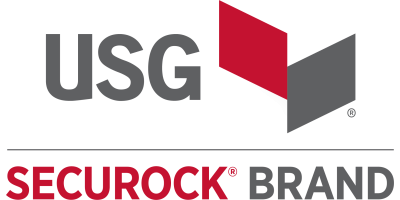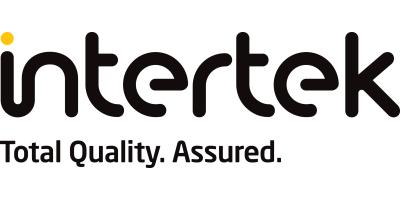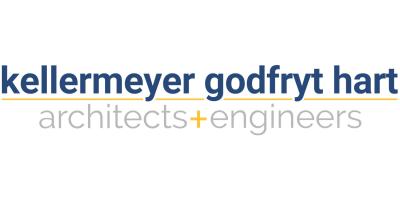| Location | Gensler, 11 East Madison, Suite 300 Chicago, IL |
ABSTRACT: Conventional insulated roofs make-up the majority of low-slope roofing assemblies in North America. These types of assemblies are preferred on many buildings due to a combination of factors including cost, durability and ease of maintenance. These roofs include several types of exposed roofing membranes, various insulation types and various colours are commonly utilized. The long-term performance of these roofs and in-service thermal efficiency is significantly influenced by the membrane selected and the insulation strategy. A field monitoring study was implemented to measure and quantify the impacts and benefits of different membrane colors (white, grey and black) and insulation strategies (polyiso, stone wool, hybrid combination) on the thermal, moisture, and dimensional behaviour of each roof. Case-studies and key findings from the study are presented. Actual R-values and measured net energy transfer for each of the roofing assemblies are discussed in combination with comfort and performance implications. The study also provides insight into the performance of various insulation strategies and highlights the potential benefits of each assembly. LEARNING OBJECTIVES: 1. Understand how to evaluate and select an appropriate conventional roof membrane type and color for buildings in your local climate. 2. Understand how to evaluate and design the most appropriate insulation strategy for a conventional roof assembly. Learn how different insulation materials and hybrid insulation combinations will behave differently in-service and have a varying effective R-value depending on temperature. 3. Understand how different insulation strategies and roofing membranes affect heating and cooling energy consumption in different building types. 4. Observe case studies where the recommended roofing membrane and insulation designs have been implemented successfully. PRESENTER BIO: Graham Finch, MASc, P.Eng Graham is a Principal and Building Science Research Specialist with RDH Building Engineering in Vancouver, BC. He has a passion for technology and for making better and more energy efficient buildings. He leads RDH’s building science research group and is actively involved in a wide range of local and international projects from building research studies to forensic investigations, building monitoring, hygrothermal modeling, and new construction. Graham has authored several publications and practical industry guideline documents related to durable and energy efficient building enclosures. In addition to RDH, Graham is a part-time instructor at the British Columbia Institute of Technology where he teaches building science courses at the Diploma and Masters levels. RSVP: For BEC Chicago members, an RSVP invite will be sent out 7 to 10 days in advance. For non-BEC Chicago members interested in attending, you may RSVP to jdiqui@stocorp.com
